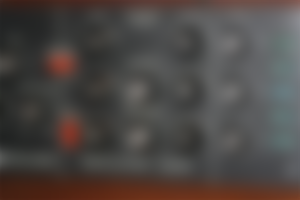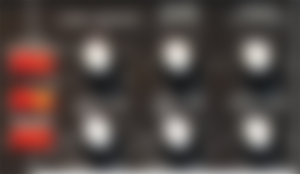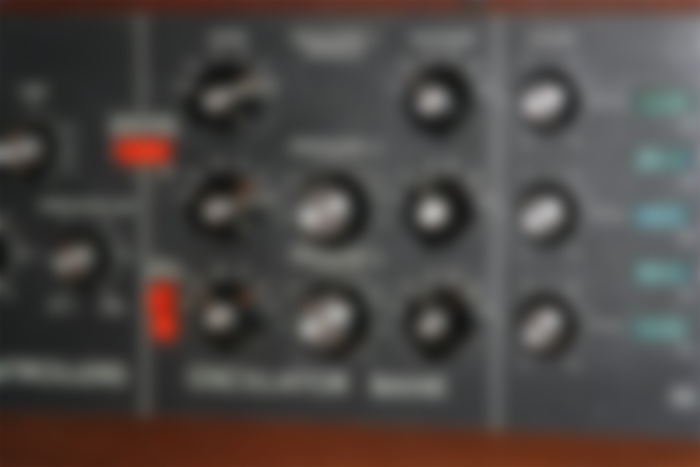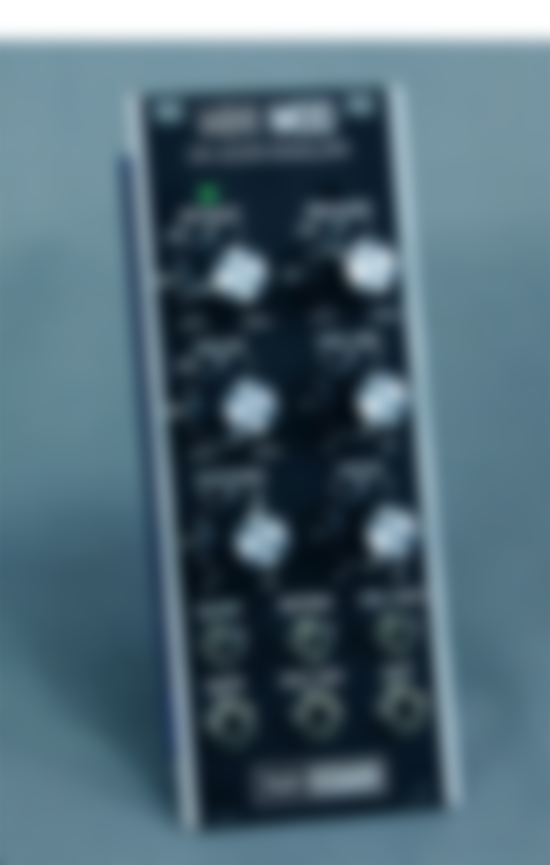Fundamental Sections of A Synth
Trying to explain all those faders and knobs
As one of the most versatile tools in the world of music making, Synths have been around for a long time, however, with every advance in their technology the parts that conform then become more and more complex, to the point where you think you're driving an aircraft rather than playing an instrument. It's because of this that in the next paragraphs we'll explain the fundamental sections of a synthesizer, what they do and what their controls are in order to make easier for you to understand how to approach sound synthesis and how to make the most out of this beautiful piece of equipment. Let's begin with the fundamentals, The oscillators:
Oscillators:
If we begin to see the concept of oscillators from the world of electronics, It will explain to us that they are devices that transform DC Inputs into AC outputs with different waves. With synths, It becomes pretty similar, with each one being used to generate different kinds of signal based on the waves used and that are pretty much the most defining factor in the process of sound synthesis, giving our sound Its texture and referred harmonics, where the difference between the latter and their fundamental frequency is what defines the timbre (Timbre being what distinguishes two sounds that occupate the same frequency space and amplitude).
The basic shapes of the waves we can find for our oscillators are three, which can be combined depending on the number of oscillators that the synth has integrated in It, these are: Sine Wave, Square Wave, Saw Wave and Triangle Wave. All this waves vary in their amplitude, texture and the relations between the fundamental frequency in Its harmonics.

Modullation Elements (LFOs and Envelopes)
Envelopes, of how they are usually called, ADSR (According to Its initials, Attack, Decay, Sustain, Release) are used to control the amplitude of a sound and Its frequency content during the time It is being played. each one of the knobs or faders that control these elements have an specific function, being these:
Attack: Determines how much time will take before the sound reaches Its peak amplitude upon playing a particular note in It.
Decay: After reaching the peak of the sound, this will determine how much time will pass before It reaches a sustain point, where the amplitude stays in a sustained point.
Sustain: It will determine how much the sustained point previously mentioned will last before the note that Is playing the sound is released.
Release: After releasing the note, It'll take into account how much time passes before It stops playing in Its entirety (reducing Its amplitude to 0)

For LFOS, or Low Frequency Oscillators, as Its name states, they are used as complementary oscillators, which operate at significantly lower frequencies (20 Hz) that the normal oscillators, and are used for applying changes and movement to a sound during the time It's being played, without necessarily adding another waveshape to It. One example of the use of LFOS can be the Vibrato produced when a note is played on a piano.

Filters:
A filter, (As we have mentioned previously in an article) is an element used for eliminating the amplitude of the sound in certain frequency spaces and permitting the pass of frequencies that are on the opposite space determined by the user and their configuration. Its 3 most commons types are: The lowpass filter, which permits only the pass of frequencies below a defined point and rejects what is over It. The Highpass filter, being the opposite to the lowpass, allowing frequencies above the point to pass and rejecting the pass of frequencies lower than the defined area. Finally, the bandpass filter, which is used for elimination of frequencies above and below the selected point. They come pretty handy when It comes to limiting the harmonics that the sound provides without the need of an external EQ.

FX:
Not all synthesizers have them, as the use of effects has been more relegated lately to the use of external devices and third party plugins. As the name states, this section provides a series of effects to apply to the overall sound (Like EQ, Reverb, Delay, Chorus, etc...) and even to the oscillator channels individually in order to change their properties and harmonics without the use of an external plugin.
We hope that with tihs article we can make a little more clear to you the world of synths and the process of synthesis, by highlighting the main sections that will be present in anyone of them and remembering the user of how much power one of these instruments can have. Good Luck!



